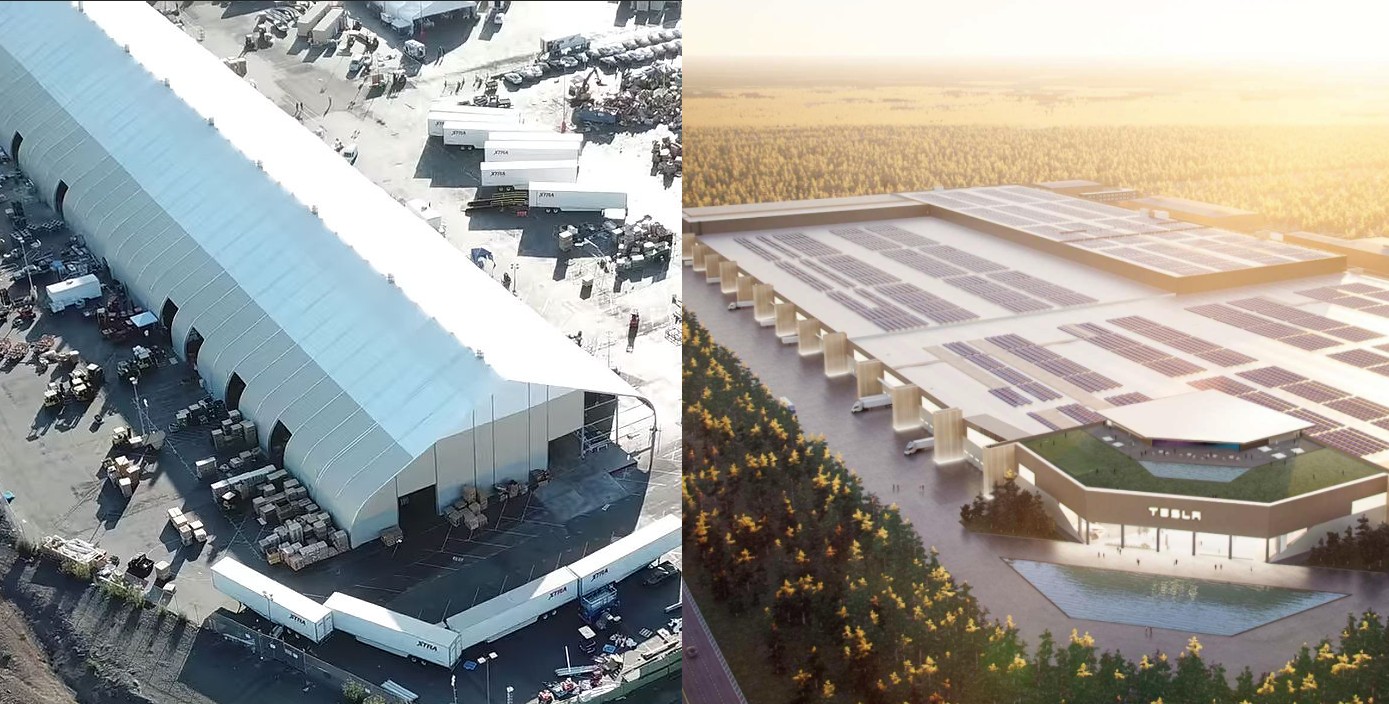
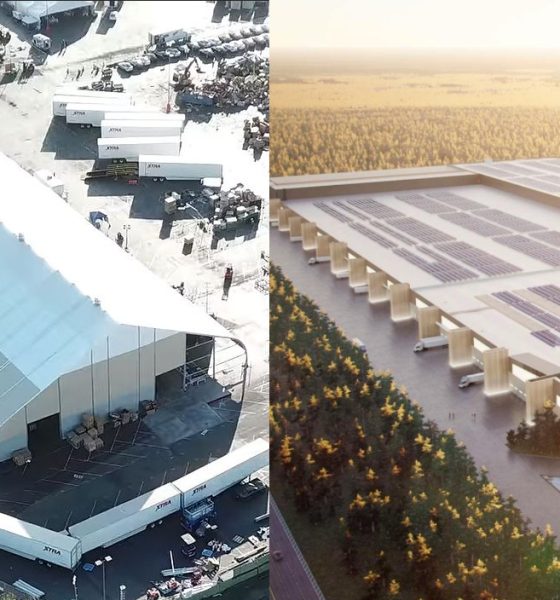
News
Tesla’s Gigafactory formula rose from a humble “tent” at the Fremont Factory
Back in 2018, Tesla was in a very different place. The company was struggling to release the Model 3, and it was behind on Elon Musk’s aggressive self-imposed vehicle production targets. The Fremont Factory’s assembly lines were not producing enough Model 3s, and it seemed like the company was poised to fail. Critics and shorts circled Tesla like sharks smelling blood in the water. But something unexpected happened, and things were never the same after.
Throwing convention out the window, Tesla built another Model 3 line inside a massive sprung structure at the Fremont Factory grounds, which CEO Elon Musk fondly called a “tent” online. The structure, dubbed as GA4, was mocked to the highest degree, used as a joke by critics, and dismissed outright by skeptics. However, what was almost unknown at the time was that Tesla might have actually stumbled into something special with its sprung structure-based line. By building a simple, straight, Model 3 line inside a “tent,” Tesla seems to have effectively created a solid Gigafactory formula.
No standard automotive solution could be built in time, so we created a new solution. It is working & has slightly higher quality than the more traditional general assembly line. Perhaps most surprising is that the total cost of production in the Sprung tent is lower.
— Elon Musk (@elonmusk) June 27, 2018
A Practical Concept
The sprung structure-based Model 3 line was the brainchild of Automotive President Jerome Guillen, widely known as Elon Musk’s “problem solver” back in the Model S’ early days. The “tent”-based line followed a relatively simple system, with vehicles being assembled progressively the further they moved into the tent. Even GA4’s loading bays were placed on the sides of the structure, allowing Tesla to take deliveries into the line efficiently. Musk was enthusiastic about the sprung structure on Twitter, noting not long after the “tent” was built that the vehicles produced in the site had “slightly higher quality” than cars made elsewhere.
These humble but creative beginnings appear to have become the heart of Tesla’s Gigafactory formula, one used in Giga Shanghai and Giga Berlin, and seemingly improved further with Gigafactory Texas. This could be seen in the design and processes that Tesla has adopted so far in its Shanghai and Berlin plants, both of which invoke the image of a scaled-up, refined, and optimized version of Fremont’s “tent.”
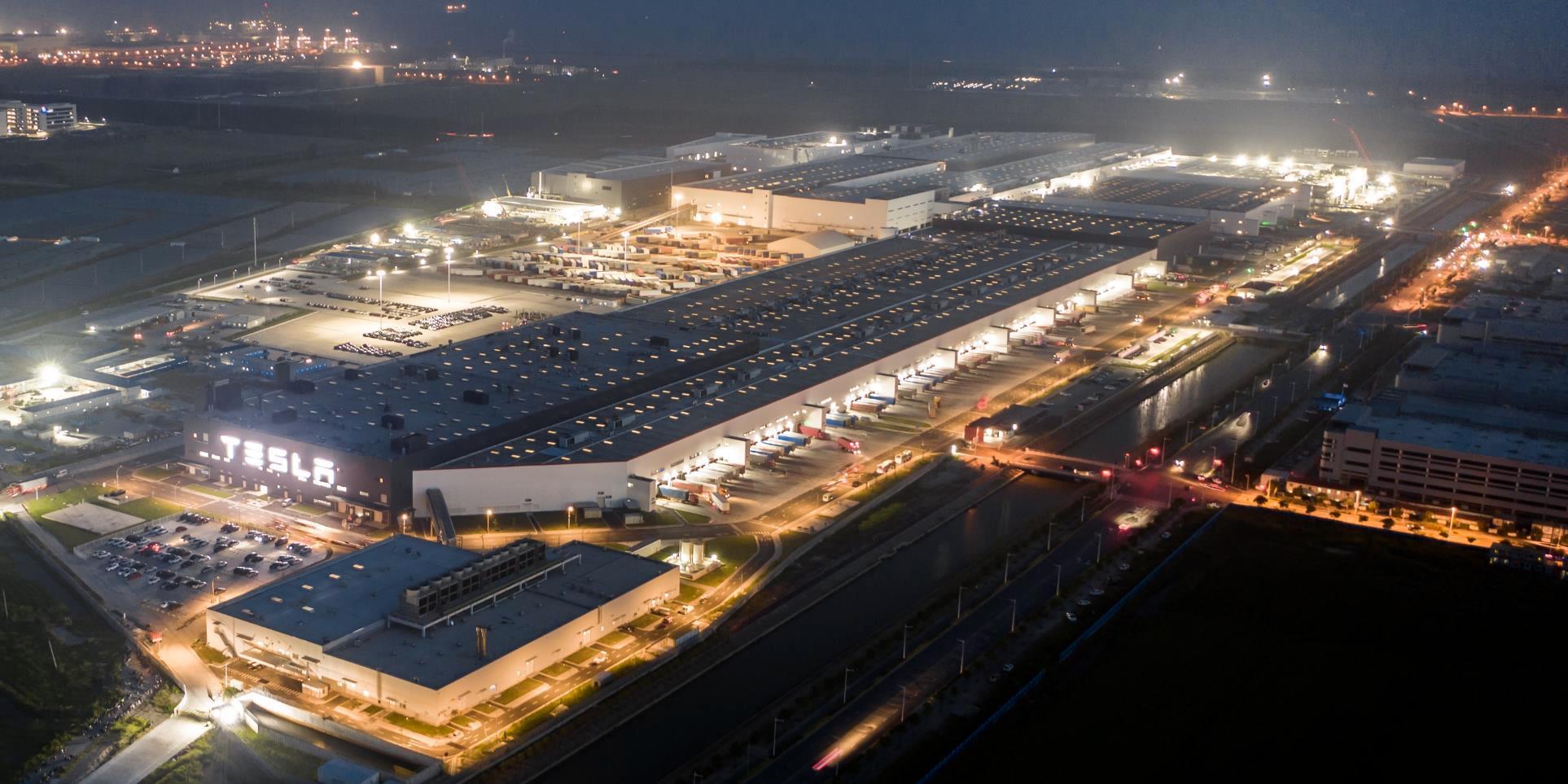
A Gigafactory Formula
Tesla critics typically overlook the fact that the Fremont Factory is a legacy car plant at its core. It’s an expansive facility, and it is impressive in its own right, but it’s not a site developed specifically to produce all-electric cars. Thus, for the Model S, Model X, and the Model 3’s early days, Tesla was essentially developing a system that makes EVs at scale using a facility designed initially to manufacture cars equipped with the internal combustion engine.
Of course, Tesla has made numerous adjustments to make the Fremont Factory into one of the most advanced electric vehicle plants in the market. However, it is difficult not to be impressed with Tesla’s quick production ramp and flexibility in Gigafactory Shanghai, arguably the first EV factory that the company built using its GA4 formula, with its simple production lines to its numerous loading bays at its side. This concept seems to have been carried over to Gigafactory Berlin, which is expected to ramp its operations at a rate that rivals even that of Giga Shanghai.
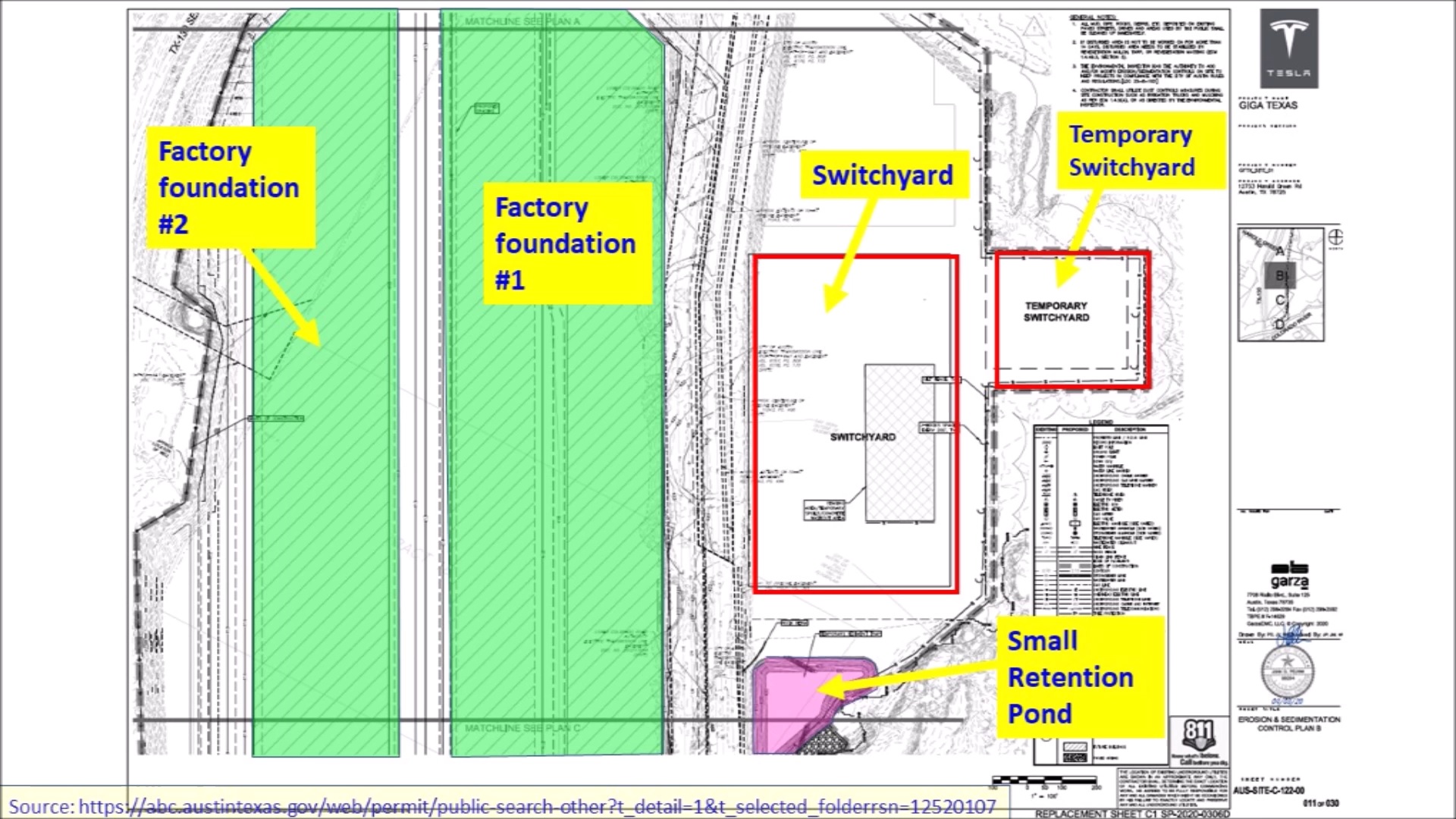
A Matter of Scale
Ultimately, it appears that GA4 was Tesla’s “eureka” moment of sorts, at least for its electric vehicle factories. By scaling up and refining the sprung structure-based concept, Tesla was able to create monster factories like Giga Shanghai, and later this year, Gigafactory Berlin as well. However, this is not all as Tesla seems to be adopting an updated design for Gigafactory Texas, with its three main buildings built parallel with each other. Little is known about the reasons behind Giga Texas’ design, but there’s little doubt that the expansive facility will be very impressive when completed nonetheless.
Prior to the Model 3’s “production hell,” Elon Musk spoke about Tesla’s “Alien Dreadnought” factories, which are supposed to be so automated and advanced that they would resemble alien facilities featured in sci-fi fiction. Tesla seems to have shelved this idea following the Model 3’s challenges in its initial production ramp. With an established Gigafactory formula of sorts in its repertoire, however, and coupled with innovations such as the Model Y’s megacasts, Elon Musk’s dreadnoughts may not be too far into the future at all.
Don’t hesitate to contact us for news tips. Just send a message to tips@teslarati.com to give us a heads up.

News
Tesla is improving Giga Berlin’s free “Giga Train” service for employees
With this initiative, Tesla aims to boost the number of Gigafactory Berlin employees commuting by rail while keeping the shuttle free for all riders.
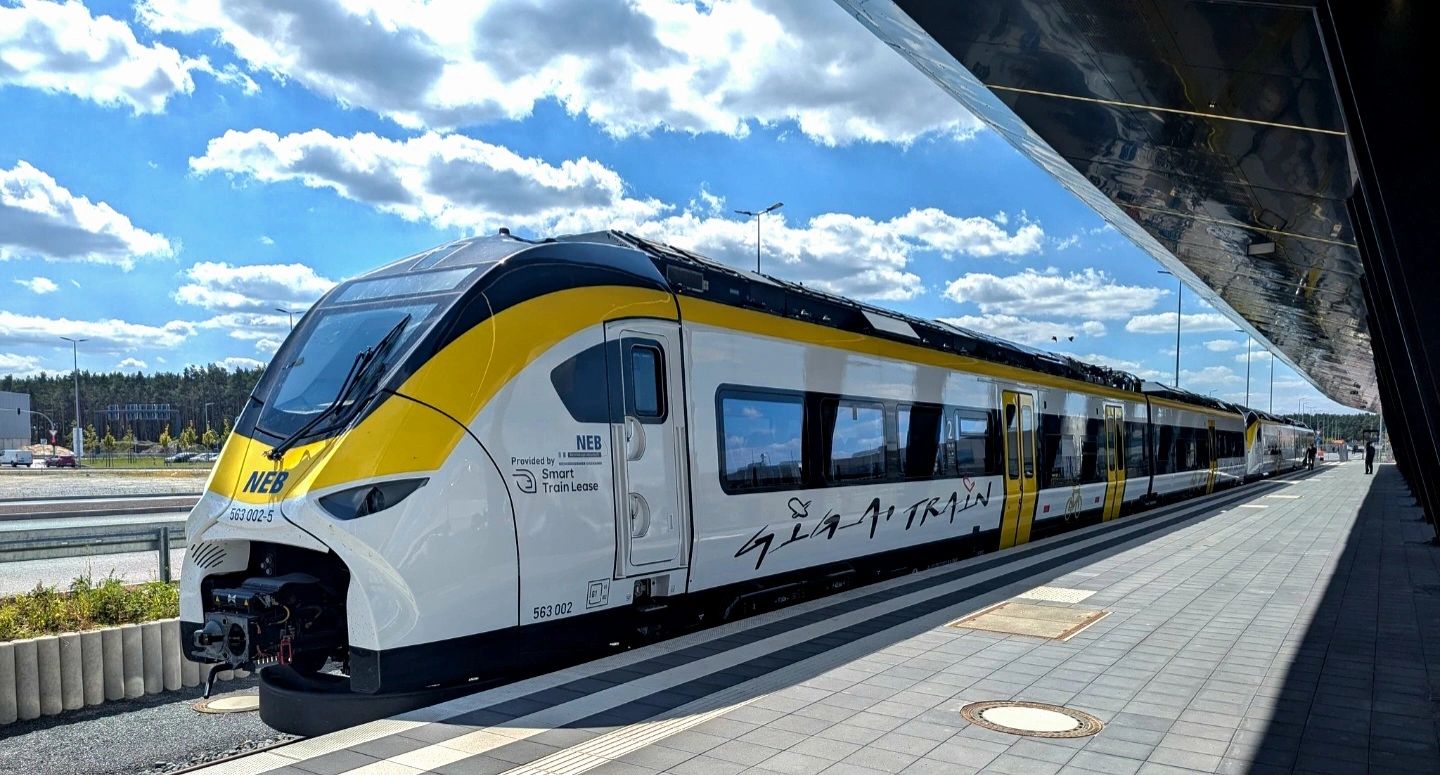
Tesla will expand its factory shuttle service in Germany beginning January 4, adding direct rail trips from Berlin Ostbahnhof to Giga Berlin-Brandenburg in Grünheide.
With this initiative, Tesla aims to boost the number of Gigafactory Berlin employees commuting by rail while keeping the shuttle free for all riders.
New shuttle route
As noted in a report from rbb24, the updated service, which will start January 4, will run between the Berlin Ostbahnhof East Station and the Erkner Station at the Gigafactory Berlin complex. Tesla stated that the timetable mirrors shift changes for the facility’s employees, and similar to before, the service will be completely free. The train will offer six direct trips per day as well.
“The service includes six daily trips, which also cover our shift times. The trains will run between Berlin Ostbahnhof (with a stop at Ostkreuz) and Erkner station to the Gigafactory,” Tesla Germany stated.
Even with construction continuing at Fangschleuse and Köpenick stations, the company said the route has been optimized to maintain a predictable 35-minute travel time. The update follows earlier phases of Tesla’s “Giga Train” program, which initially connected Erkner to the factory grounds before expanding to Berlin-Lichtenberg.
Tesla pushes for majority rail commuting
Tesla began production at Grünheide in March 2022, and the factory’s workforce has since grown to around 11,500 employees, with an estimated 60% commuting from Berlin. The facility produces the Model Y, Tesla’s best-selling vehicle, for both Germany and other territories.
The company has repeatedly emphasized its goal of having more than half its staff use public transportation rather than cars, positioning the shuttle as a key part of that initiative. In keeping with the factory’s sustainability focus, Tesla continues to allow even non-employees to ride the shuttle free of charge, making it a broader mobility option for the area.
News
Tesla Model 3 and Model Y dominate China’s real-world efficiency tests
The Tesla Model 3 posted 20.8 kWh/100 km while the Model Y followed closely at 21.8 kWh/100 km.
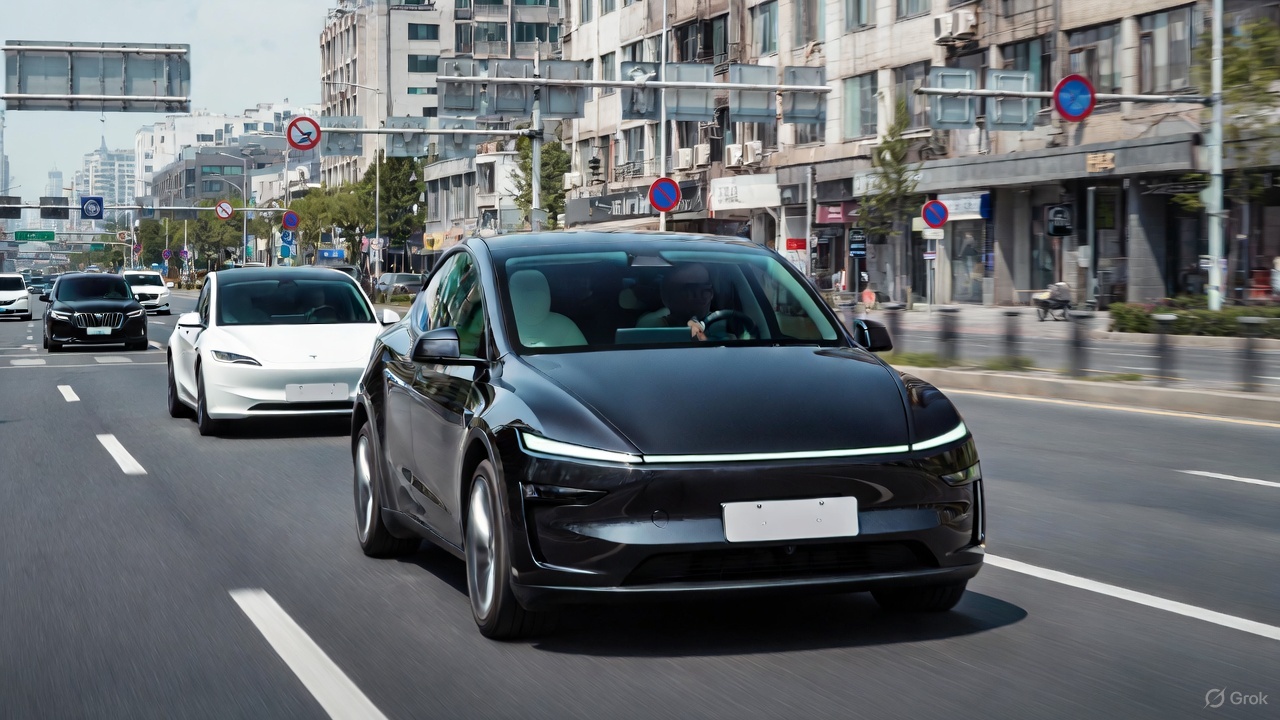
Tesla’s Model 3 and Model Y once again led the field in a new real-world energy-consumption test conducted by China’s Autohome, outperforming numerous rival electric vehicles in controlled conditions.
The results, which placed both Teslas in the top two spots, prompted Xiaomi CEO Lei Jun to acknowledge Tesla’s efficiency advantage while noting that his company’s vehicles will continue refining its own models to close the gap.
Tesla secures top efficiency results
Autohome’s evaluation placed all vehicles under identical conditions, such as a full 375-kg load, cabin temperature fixed at 24°C on automatic climate control, and a steady cruising speed of 120 km/h. In this environment, the Tesla Model 3 posted 20.8 kWh/100 km while the Model Y followed closely at 21.8 kWh/100 km, as noted in a Sina News report.
These figures positioned Tesla’s vehicles firmly at the top of the ranking and highlighted their continued leadership in long-range efficiency. The test also highlighted how drivetrain optimization, software management, and aerodynamic profiles remain key differentiators in high-speed, cold-weather scenarios where many electric cars struggle to maintain low consumption.
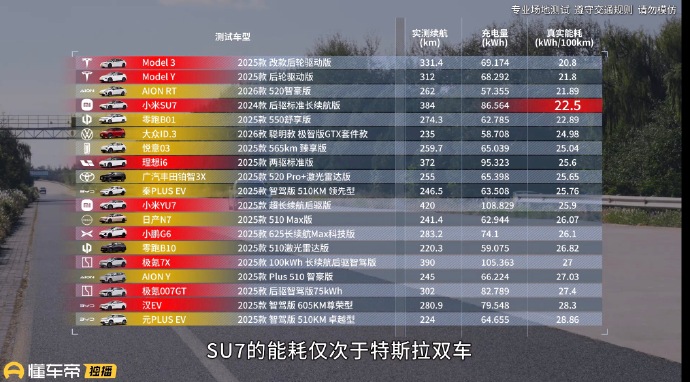
Xiaomi’s Lei Jun pledges to continue learning from Tesla
Following the results, Xiaomi CEO Lei Jun noted that the Xiaomi SU7 actually performed well overall but naturally consumed more energy due to its larger C-segment footprint and higher specification. He reiterated that factors such as size and weight contributed to the difference in real-world consumption compared to Tesla. Still, the executive noted that Xiaomi will continue to learn from the veteran EV maker.
“The Xiaomi SU7’s energy consumption performance is also very good; you can take a closer look. The fact that its test results are weaker than Tesla’s is partly due to objective reasons: the Xiaomi SU7 is a C-segment car, larger and with higher specifications, making it heavier and naturally increasing energy consumption. Of course, we will continue to learn from Tesla and further optimize its energy consumption performance!” Lei Jun wrote in a post on Weibo.
Lei Jun has repeatedly described Tesla as the global benchmark for EV efficiency, previously stating that Xiaomi may require three to five years to match its leadership. He has also been very supportive of FSD, even testing the system in the United States.
Elon Musk
Elon Musk reveals what will make Optimus’ ridiculous production targets feasible
Musk recent post suggests that Tesla has a plan to attain Optimus’ production goals.
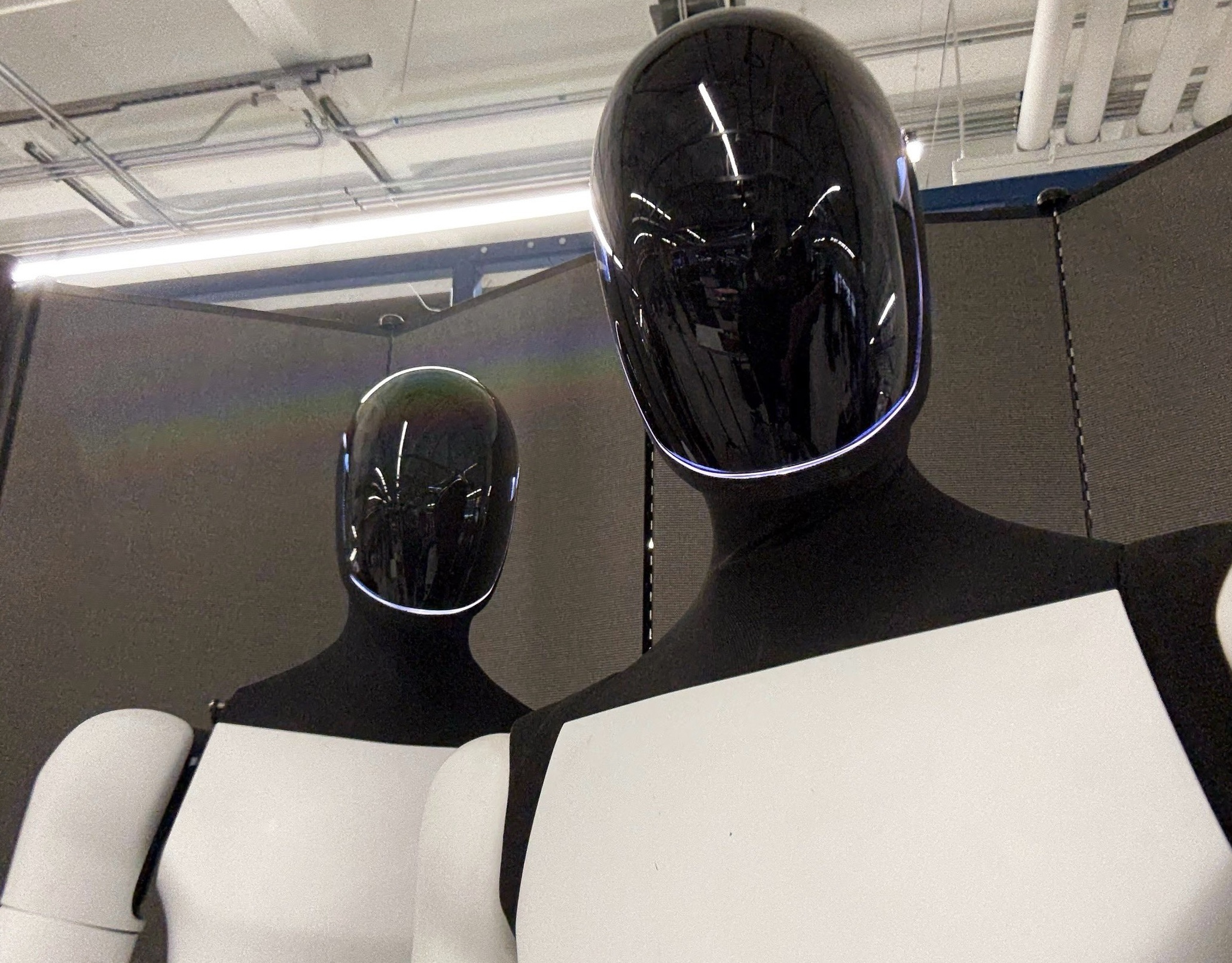
Elon Musk subtly teased Tesla’s strategy to achieve Optimus’ insane production volume targets. The CEO has shared his predictions about Optimus’ volume, and they are so ambitious that one would mistake them for science fiction.
Musk’s recent post on X, however, suggests that Tesla has a plan to attain Optimus’ production goals.
The highest volume product
Elon Musk has been pretty clear about the idea of Optimus being Tesla’s highest-volume product. During the Tesla 2025 Annual Shareholder Meeting, Musk stated that the humanoid robot will see “the fastest production ramp of any product of any large complex manufactured product ever,” starting with a one-million-per-year line at the Fremont Factory.
Following this, Musk stated that Giga Texas will receive a 10 million-per-year unit Optimus line. But even at this level, the Optimus ramp is just beginning, as the production of the humanoid robot will only accelerate from there. At some point, the CEO stated that a Mars location could even have a 100 million-unit-per-year production line, resulting in up to a billion Optimus robots being produced per year.
Self-replication is key
During the weekend, Musk posted a short message that hinted at Tesla’s Optimus strategy. “Optimus will be the Von Neumann probe,” the CEO wrote in his post. This short comment suggests that Tesla will not be relying on traditional production systems to make Optimus. The company probably won’t even hire humans to produce the humanoid robot at one point. Instead, Optimus robots could simply produce other Optimus robots, allowing them to self-replicate.
The Von Neumann is a hypothetical self-replicating spacecraft proposed by the mathematician and physicist John von Neumann in the 1940s–1950s. The hypothetical machine in the concept would be able to travel to a new star system or location, land, mine, and extract raw materials from planets, asteroids, and moons as needed, use those materials to manufacture copies of itself, and launch the new copies toward other star systems.
If Optimus could pull off this ambitious target, the humanoid robot would indeed be the highest volume product ever created. It could, as Musk predicted, really change the world.









